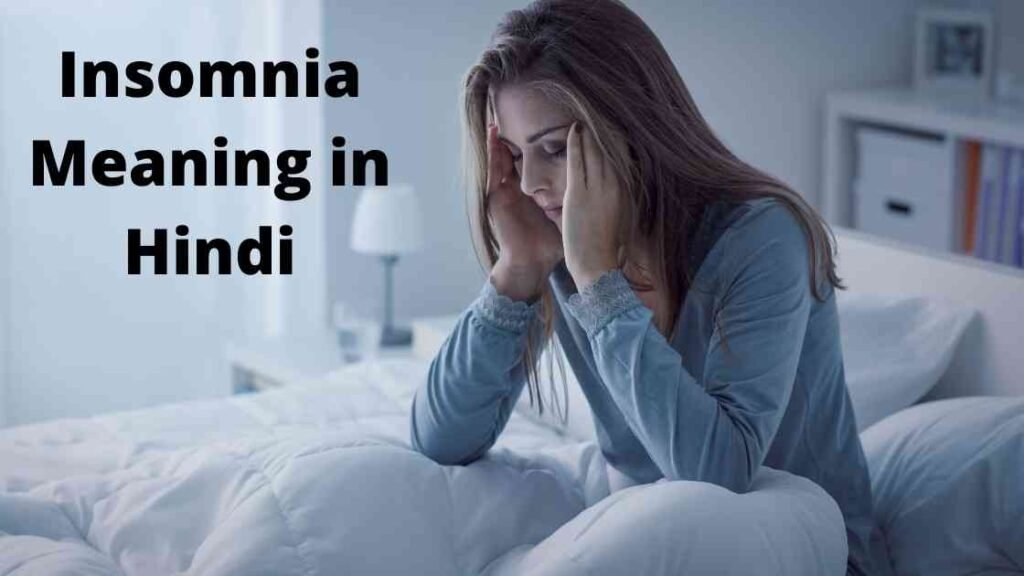

SF-36: evaluation of quality of life in severe and mild insomniacs compared with good sleepers. Somatic and psychological complaints and their correlates with insomnia in the Japanese general population. A study of managed-care organization enrollees. Insomnia, health-related quality of life and healthcare resource consumption. Hatoum HT, Kong SX, Kania CM, Wong JM, Mendelson WB. Diagnostic concordance for DSM-IV sleep disorders: a report from the APA/NIMH DSM-IV field trial.


Am J Psychiatry 1997 154:1412–1416īuysse DJ, Reynolds CFIII, Hauri PJ et al. Clinical factors contributing to the differential diagnosis of primary insomnia and insomnia related to mental disorders. Nowell PD, Buysse DJ, Reynolds CFIII et al. Sleep disorders related to another mental disorder (nonsubstance/primary): a DSM-IV literature review. Nofzinger EA, Buysse DJ, Reynolds CFIII, Kupfer DJ. 4th ed, text revisionWashington, DC American Psychiatric Association 2000 597661
#REFRACTORY INSOMNIA MEANING MANUAL#
Diagnostic and Statistical Manual of Mental Disorders (DSM-IV-TR). Respir Care Clin N Am 1999 5:333–348Īmerican Psychiatric Association.

These pilot results suggest a potential value in researching the pathophysiological relationships between SDB and chronic insomnia, which may be particularly relevant to patients with refractory insomnia.īonnet MH, Arand DL. In a second small sample, validated measures of insomnia, sleep quality, and sleep impairment demonstrated clinical cures or near-cures after combined CBT and SDB therapies. Conclusions: In one small sample of chronic insomnia patients with SDB, objective measures of insomnia, arousal, and sleep improved during one night of CPAP titration. Self-reported insomnia indices also improved markedly, and self-reported SDB therapy compliance was high. Improvements were large for each treatment phase however, of 17 patients, only 8 attained a nonclinical level of insomnia after CBT compared with 15 patients after SDB therapy was added. In Study 2, Insomnia Severity Index, Functional Outcomes of Sleep Questionnaire, and Pittsburgh Sleep Quality Index improved markedly with CBT followed by SDB treatment and achieved an average outcome equivalent to curative status. Sixteen of 19 patients reported improvement in sleep quality. Results: In Study 1, seven objective measures of sleep and arousal demonstrated or approached significant improvement during one night of CPAP titration. Repeat measures included the Insomnia Severity Index, Functional Outcomes of Sleep Questionnaire, Pittsburgh Sleep Quality Index, and self-reported insomnia indices and CPAP use. In Study 2 (Prospective), clinical outcomes were assessed after sequential cognitive-behavioral therapy (CBT) and SDB therapy (CPAP, oral appliances, or bilateral turbinectomy) were provided to 17 chronic insomnia patients with SDB. Objective polysomnogram indicators of sleep and arousal activity and self-reported sleep quality were measured. Method: In Study 1 (Retrospective), data from one diagnostic and one continuous positive airway pressure (CPAP) titration polysomnogram were compiled from 19 chronic insomnia patients with SDB.
#REFRACTORY INSOMNIA MEANING TRIAL#
Objective: To assess an uncontrolled, open-label trial of sleep-disordered breathing (SDB) treatment on two different samples of chronic insomnia patients.


 0 kommentar(er)
0 kommentar(er)
